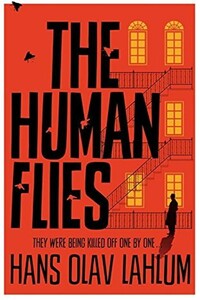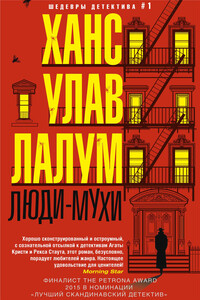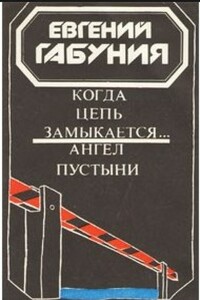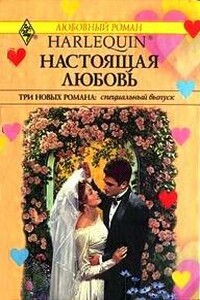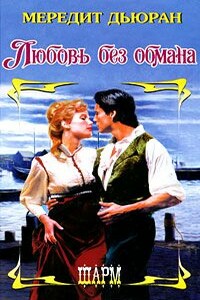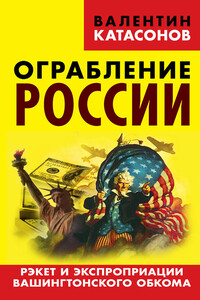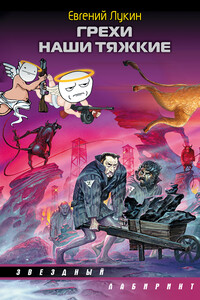In 1968,4 April fell on the Thursday before Easter. At lunch, I marked the not-so-insignificant three-month anniversary of my move to a new, larger office at the main police station in 19 Mರller Street by eating a piece of cake on my own. The date is generally remembered as the night when civil rights campaigner Martin Luther King was shot and killed on a hotel balcony in Memphis, Tennessee, unleashing a wave of racialist strife across the USA.
Of lesser interest to the history books, but of greater significance to my own life and that of those affected, was a murder that took place at almost the same time in a flat in Torshov, on the east side of Oslo. Thursday, 4 April 1968 was one of those days when the phone at home in my flat in Hegdehaugen rang late, and an impatient voice promptly talking to ‘Detective Inspector Kolbjørn Kristiansen’. It was just before eleven o’clock in the evening when the out-of-breath police constable Asbjørn Eriksen phoned to report that an elderly man had been shot and killed in his flat in 25 Krebs’ Street. The circumstances were ‘highly unusual’, according to the overwrought Eriksen. I had always regarded Eriksen as an unpretentious and levelheaded constable, so I felt the excitement surge through me even before he mentioned the victim’s name. It was only a matter of seconds after he had said, ‘It’s Harald Olesen!’ before I was out of the door and in the gathering dark, racing towards my car.
In 1968, Harald Olesen was not what one might today call an A-list celebrity. Months could pass between mentions of his name in the national press. But for those who had been young in the years immediately after the war, the image of his hawk-like face and gaunt body was still the portrait of a hero. Harald Olesen had been a well-known Labour Party politician in the 1930s. However, it was not until he was almost fifty that he became a household name as one of the legendary heroes of the Resistance. Olesen himself was extremely reticent about his experiences during the war, but this had in no way served to diminish the at times fantastic tales of his bravado as a leader of the Resistance in his home region. After the war, he was given the opportunity to serve as a cabinet minister and sat on the Council of State for four years. Following this, a couple of senior positions in the civil service ensured that he remained a familiar face and name until he retired in 1965, at the age of seventy. Now, three years later, the former hero of the Resistance and cabinet minister had been shot and murdered – in his own sitting room.
